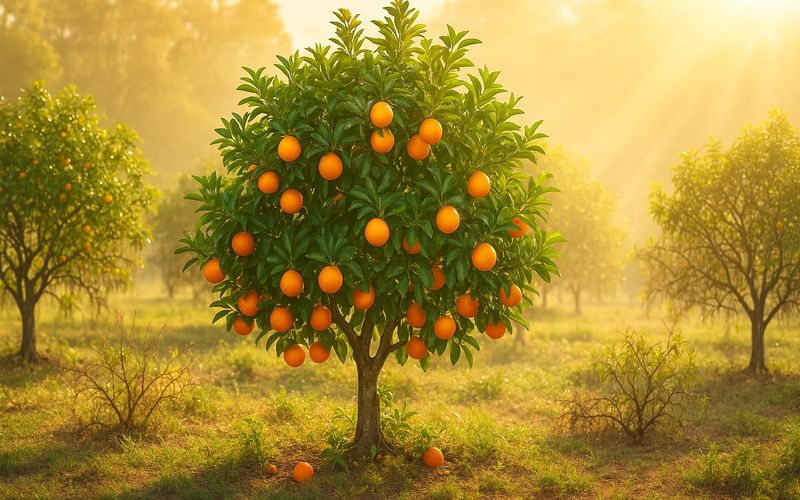In a breakthrough that could help revitalize Floridas struggling citrus industry, scientists from the U.S. Department of Agricultures Agricultural Research Service (ARS) have identified a sweet orange tree that shows signs of tolerance to the devastating citrus greening disease, Huanglongbing (HLB).
The disease, linked to the bacterium Candidatus Liberibacter asiaticus, has ravaged Floridas citrus groves since it was first detected in the state in 2005, causing an estimated 90% reduction in citrus production. HLB weakens citrus trees, reduces fruit yield, and has proven difficult to control, posing a major threat not only to Floridas economy but to citrus-growing regions worldwide.
But ARS researchers at the U.S. Horticultural Research Laboratory in Fort Pierce recently rediscovered a tree named “Donaldson” at the A.H. Whitmore Citrus Research Foundation Farm in Groveland, that has thrived despite being surrounded by HLB-affected trees. Planted more than 30 years ago and originating from the USDA-ARS variety collection, Donaldson appears unusually robust, even though it tested positive for the disease.
“The Donaldson sweet orange tree stood out as being exceptionally healthy compared to the industry-standard trees that were planted close by and were in decline or had died,” said Matt Mattia, a research geneticist. “The Donaldson tree also tested positive for the presence of Candidatus Liberibacter asiaticus, one of the presumed causal agents of HLB. This indicates that the tree may have tolerance to the disease.”
The team also explored whether Donaldson oranges could replace the widely used but HLB-vulnerable “Hamlin” oranges in commercial juice production. Both are early season oranges, typically maturing from December to January. In taste tests comparing juices made from Hamlin and Donaldson fruit, participants noticed differences, though researchers suggest this may be due to differing fruit maturity or acidity levels.
“The taste testers noted that there was a difference between the two juices,” said Mattia. “However, those differences may be explained by the lower acidity in fruits from young Hamlin trees.”
Donaldson oranges, Mattia said, could offer a viable alternative for early-season juice production if further testing confirms their flavor profile and disease tolerance. Future research will compare Donaldson and Hamlin fruits from trees of the same age to better understand juice quality differences.
ARS scientists are continuing to study the Donaldson trees potential for commercial use, including field trials to evaluate its long-term HLB tolerance and collaborations with industry partners to explore genetic mechanisms behind its apparent resilience.
The discovery, published in HortScience, was made in collaboration with researchers from the University of Florida Institute of Food and Agricultural Sciences Horticultural Sciences Department.
As citrus growers face continued losses from citrus greening disease, the Donaldson tree offers a promising path forward — one rooted in decades of USDA-ARS research and now ripe with potential.













